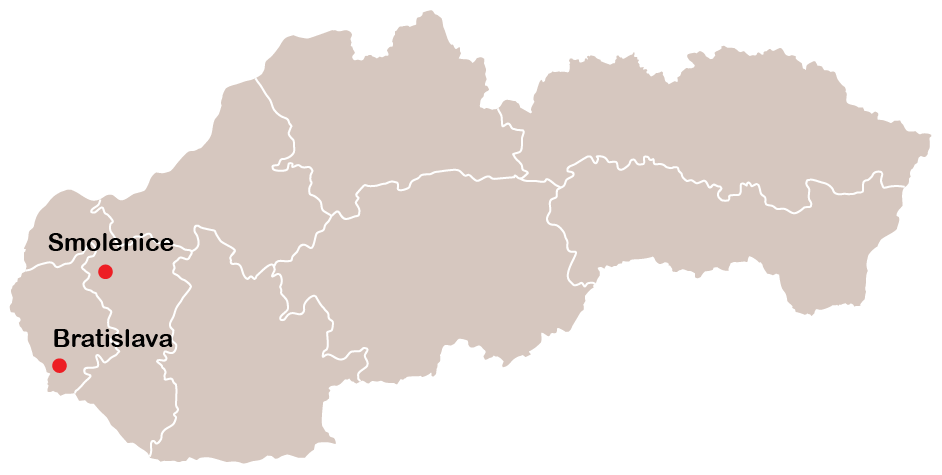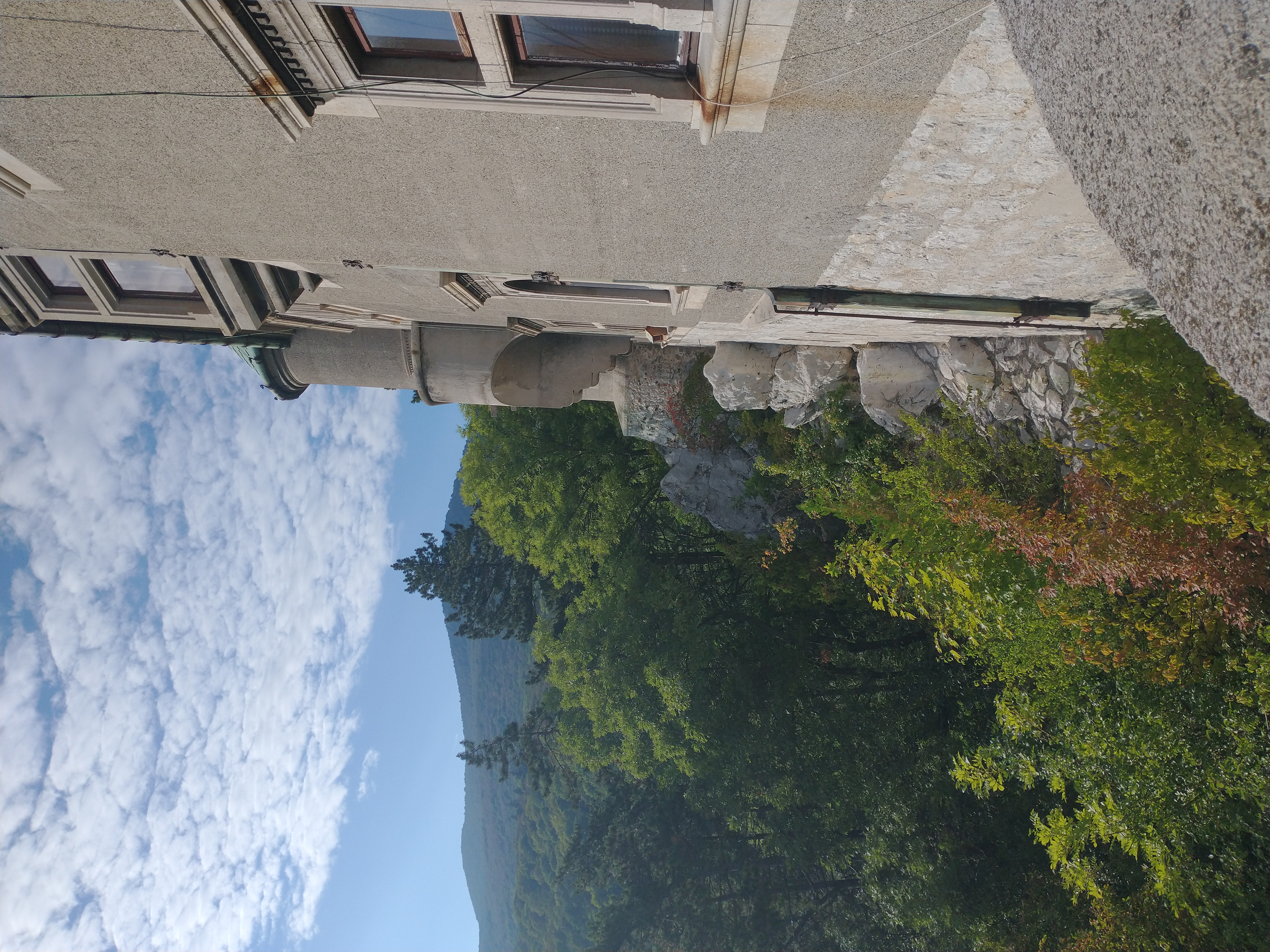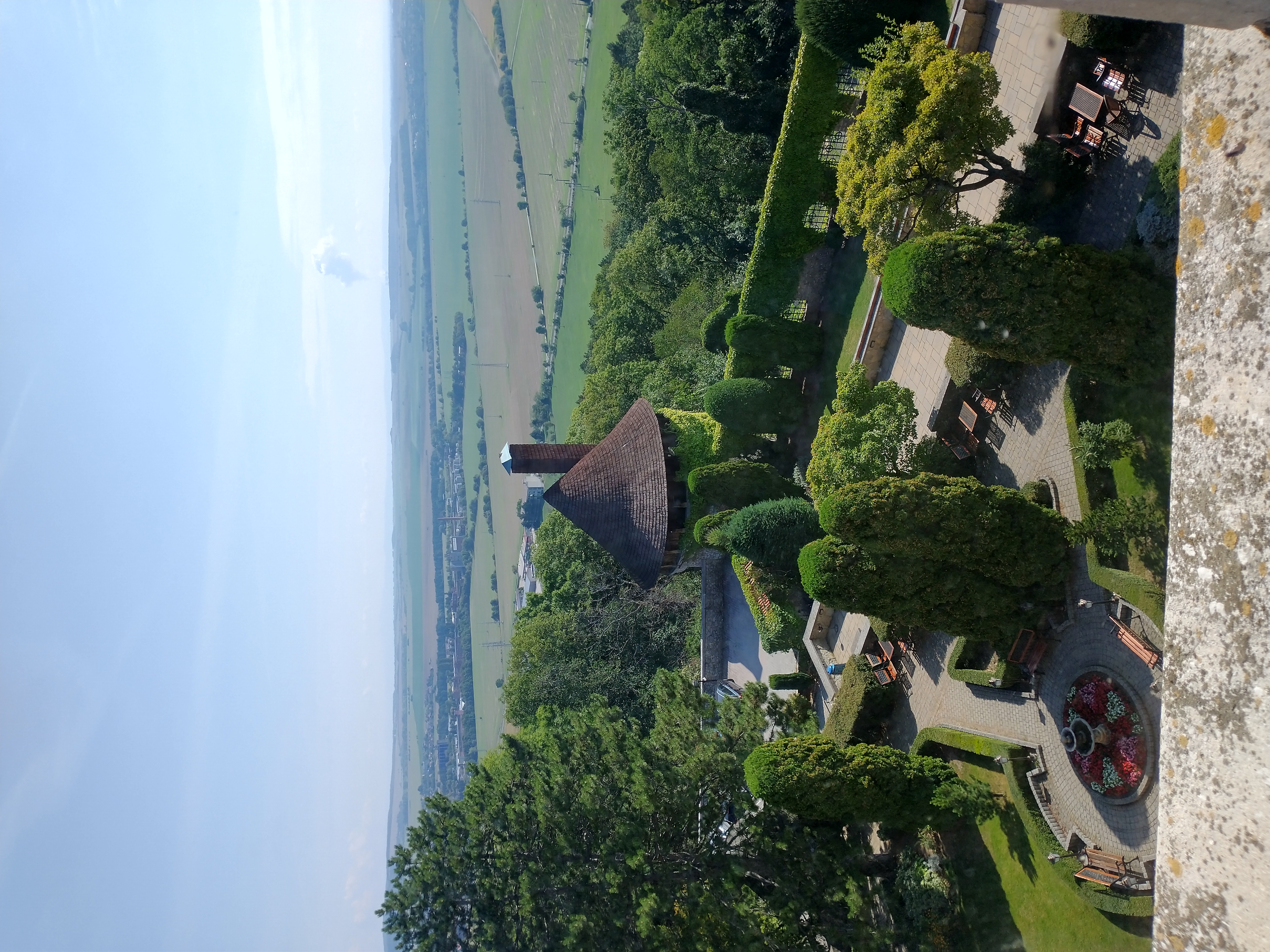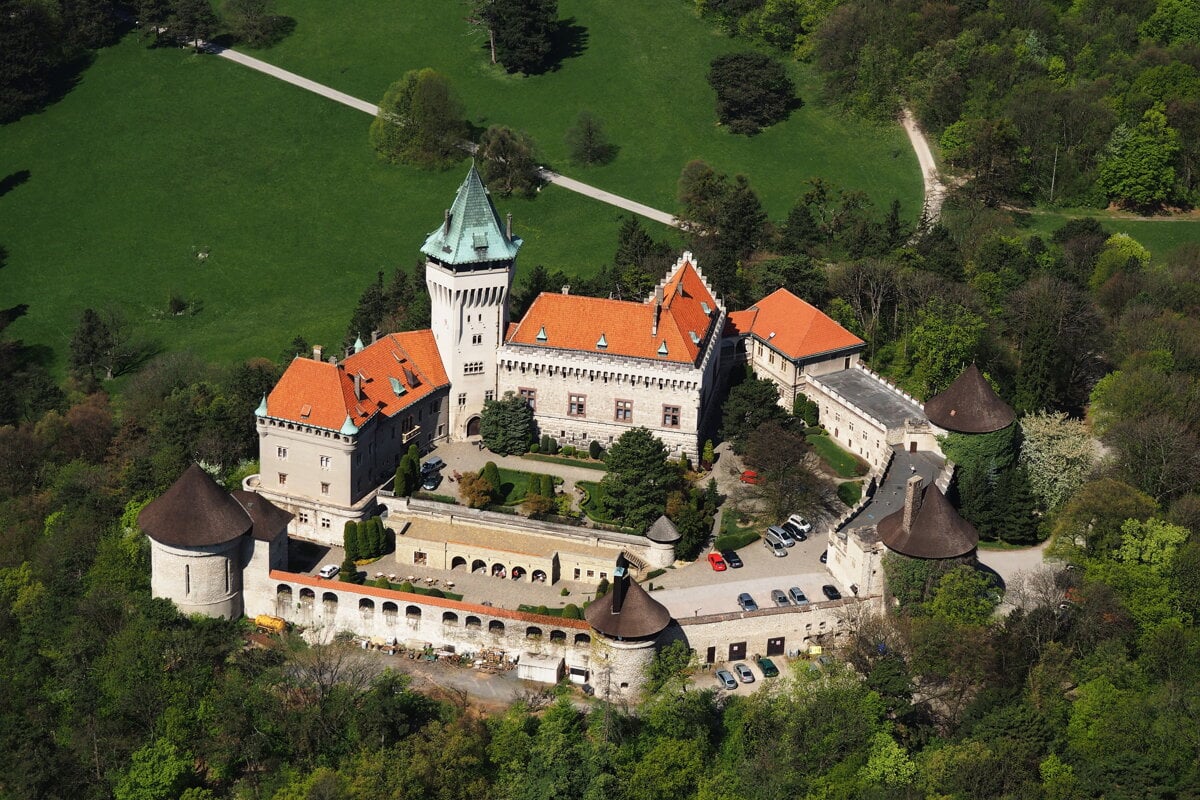Venue
TiQT 2024 will be held at the Congress Center of the Slovak Academy of Sciences, in Smolenice castle, Slovakia.
Travel instructions
The best way to reach the conference is to arrive to either Bratislava Airport (BTS) or Vienna International Airport (VIE). We will organize a conference bus to pick up participants from these two locations on Tuesday, September 10th. More detailed information will be sent by email to all participants.



Accommodation
Participants will be accommodated inside the castle. Accommodation expenses are included in the conference fee, thus, you are asked NOT TO BOOK the accommodation by yourself.
History of the venue
Situated at the foot of the Little Carpathians, Smolenice has been inhabited since the Paleolithic era due to its favorable location and fertile land. However, very few archaeological sites have been preserved from this early period, with the most significant being a Celtic hillfort from the 6th Century BC, during the transition from the Bronze to the Iron Ages. The area continued to be settled during the Great Moravia period, and by the 10th century it was integrated into the Kingdom of Hungary. The first written record of Smolenice dates to the 13th Century, where it was referred to as Villa Solmus.
The Gothic Smolenice Castle was constructed above the village during the 14th Century, as part of a chain of fortifications safeguarding the routes through the Little Carpathians. In 1777, Ján Pálffy assumed control of the Smolenice estate, although the Pálffy family did not reside in the castle. Owing to a lack of funds for upkeep, the castle suffered significant deterioration, with its decline culminating during the Napoleonic Wars when both the main castle structure and the tower were consumed by fire.
The modern reconstruction of Smolenice Castle commenced in the early 20th century under the initiative of Jozef Pálffy Jr., the proprietor of the Smolenice and Dobrá Voda estates. Count Pálffy personally financed the castle's reconstruction, following the architectural blueprint crafted by Jozef Hubert. However, the project was interrupted during World War I, and certain rooms were provisionally adapted to house the Pálffy family archives. Reconstruction did not resume until the conclusion of World War II. In 1945, ownership of the castle transferred to the State, overseen by the Slovak National Council, which designated it as their summer residence. After finalization and furnishing, the castle was handed over to the Slovak Academy of Sciences on June 26, 1953, serving as a venue for international scientific gatherings.
